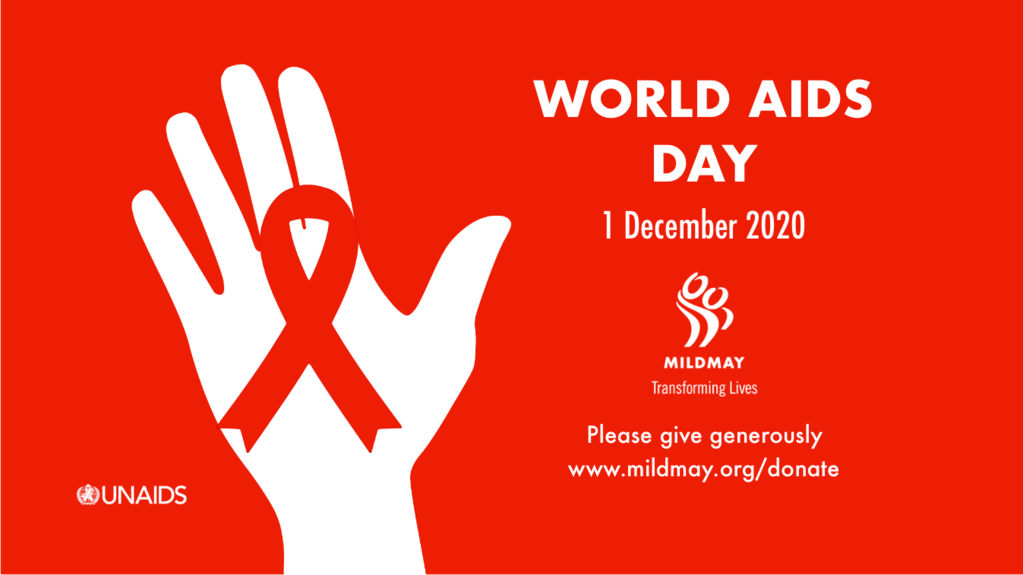Pandemic pushes battle against HIV/AIDS on backfoot

UNAIDS models suggest that 6-month interruptions to services for mother-to-child transmission of HIV could increase new infections among children by 40–80 pc in high-burden countries
On the occasion of 33rd World AIDS Day, reports about the state of the dreaded disease are not very encouraging. After decades of being pushed back by scientific advancements as well as better availability of drugs and of course a much higher awareness amongst the people, the Human Immunodeficiency Virus or HIV is staging a dangerous comeback.
With governments and healthcare institutions across the world focused on fighting off the coronavirus that has plagued the globe since the beginning of the year, attention on other illnesses has definitely trailed off, with disastrous results.
The Lancet Global Health says that severe treatment disruptions in high-burden settings could increase HIV mortality by 10 pc within 5 years. The HIV Modelling Consortium has shown that severe treatment disruptions in sub-Saharan Africa preventing HIV treatment for 50 pc of patients for 6 months could lead to an excess of 296,000 HIV deaths within a year.
UNAIDS models suggest that 6-month interruptions to services for mother-to-child transmission of HIV could increase new infections among children by 40–80 pc in high-burden countries. In many countries, HIV prevention, testing and care have been disrupted because of strict lockdown policies and breakdowns in medical supply chains.
A chilling pattern of inequity shapes the burden of Covid-19 and HIV. The adverse effects of each disease are exacerbated by social and economic disparities and disproportionately affect poor and marginalised people – poorer communities in particular.

The Lancet Global Health says that severe treatment disruptions in high-burden settings could increase HIV mortality by 10 pc within 5 years
The socioeconomic impact of the Covid-19 pandemic will be far-reaching and long-lasting. The World Bank warns that 115 million people were pushed into extreme poverty in 2020. Covid-19 is also poised to increase inequity as pandemic-related job losses and deprivation affect poor and vulnerable people most acutely. Poverty could result in further barriers to engaging with the HIV care system.
Impact of Covid19 on HIV treatment
Data provided by the WHO in July 2020 shows that around 73 countries have already warned the WHO that they are at risk of running out of ART medications due to the disruptions in production and supply caused by the pandemic. Moreover, 24 of these countries have reported a critically low stock of ART medications or major disruptions in the supply of these life-saving drugs. In May, the WHO and United Nations Programme on HIV/AIDS (UNAIDS) forecast that if there’s even a six-month disruption in providing ARTs to People Living With HIV/AIDS (PLWHA), it could lead to a doubling in AIDS-related deaths, especially in severely affected regions.
Covid19 risks for people with HIV/AIDS
A study published by Indian scientists in the Journal of Virus Eradication in November 2020 suggests PLWHA are not only susceptible to severe Covid-19 disease but also have the same mortality risks due to this disease as people with other underlying diseases do. Current research shows that strict adherence to ARTs also does not provide PLWHA with any added benefits against Covid19 disease.
A study and guidelines provided by the WHO and CDC suggest that PLWHA with poorly controlled or advanced HIV/AIDS should be treated as if they are at an increased risk of Covid-19 disease and mortality. The Communicable Disease Centres (CDC) of the United States note that people with advanced HIV have a high risk of contracting other infections (especially respiratory ones) and are also likely to have additional co-morbidities like hypertension and diabetes. This is why the global recommendation for PLWHA during the pandemic has been to continue with ARTs and control the progression of HIV/AIDS while mitigating Covid-19 infection risks by self-isolating or quarantining, social distancing, wearing masks and handwashing.
India fighting the two Viral diseases
These dire predictions do not bode well for India which is not only one of the top three countries with the highest number of HIV/AIDS cases (the other two are South Africa and Mozambique) but also one of the top two countries with the highest Covid-19 burden. Overcoming these double jeopardies to the lives of PLWHA is something that healthcare professionals, health agencies and policymakers in India and worldwide need to address immediately.
Although global attention is dominated by Covid-19, the HIV/AIDS pandemic, as it enters its fifth decade, is far from over. Since the early 1980s, as per WHO’s data, about 75·7 million people have become infected with the virus and 32·7 million have died from AIDS-related illnesses. HIV/AIDS remains a major public health crisis and only a few countries will meet the 90–90–90 treatment target for 2020, says UNAIDS.
Much has been made of how information systems and service models in the HIV response have helped the Covid-19 response, but the pandemic could have knock-on effects on the HIV response and be devastating for those already suffering from HIV/AIDS.
While there are different ways in which the coronavirus impacts human health and body, a major system of the human body that both diseases affect directly is the immune system. While coronavirus is still novel, humanity and medicine’s battle against HIV and AIDS has been a long one.
Looking for opportunities to prioritise people-centred strategies could empower patients and help to address issues such as stigma, discrimination, and poverty, in addition to reducing contact with health facilities and so freeing up capacity. Such an approach is needed to rejuvenate the HIV response and get ending the HIV pandemic back on track.









